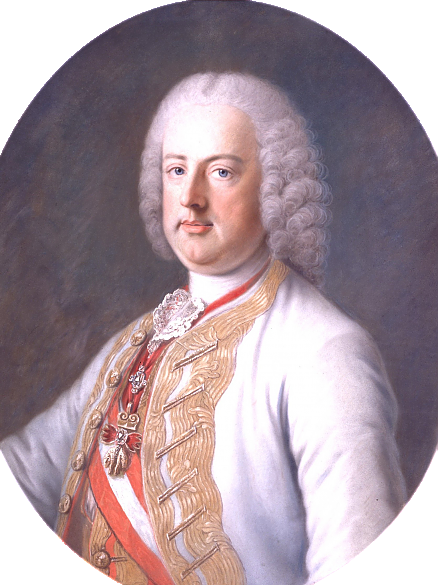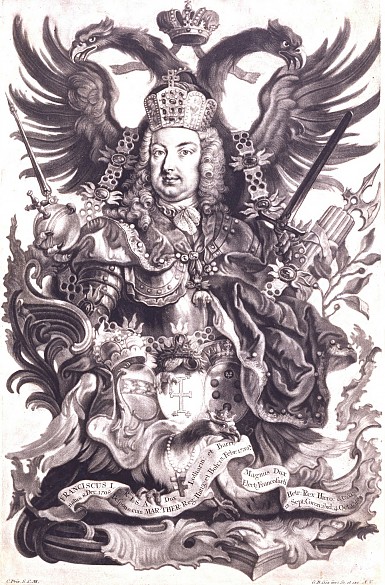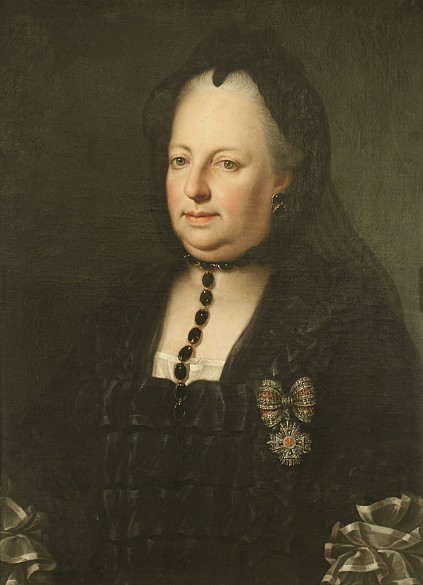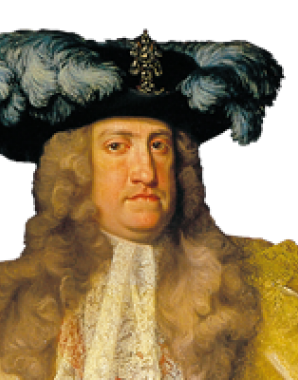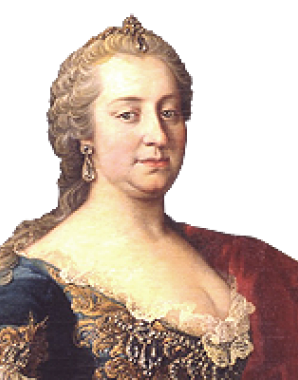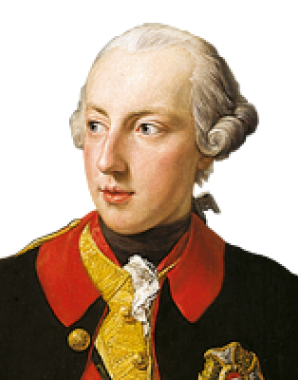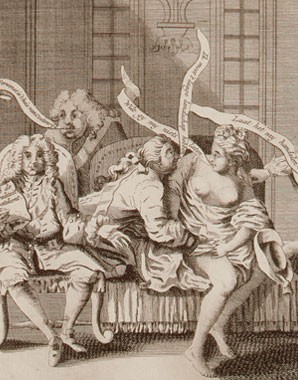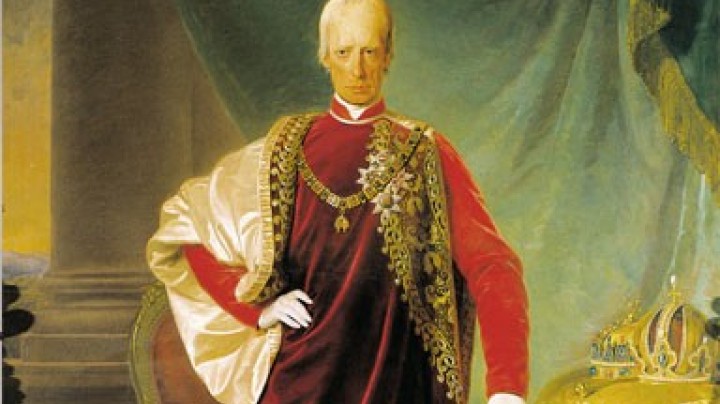A new start for the dynasty: Franz I
With the marriage of Maria Theresa to Franz Stephan of Lorraine, the house of Habsburg became the dynasty of Habsburg-Lorraine.
Prussian ambassador Count Otto Podewils on Emperor Franz StephanHe hates work. He is unambitious and devotes himself as little as possible to the business of ruling. All he wants is to enjoy a pleasant life and is thus only too glad to leave the honour and cares of government to the Empress.
From the present-day point of view, Emperor Franz I tends to be seen – if he is seen at all – as standing in the shadow of his all-outshining wife. Formally speaking, however, ‘Empress’ Maria Theresa, as she is frequently referred to, was not the ruler of the Holy Roman Empire: this position was denied to her as a woman and was occupied by her husband Franz Stephan of Lorraine.
Historians have generally been kind in their assessments of Franz Stephan – the appellation under which he has gone down in history, even though he himself hardly used his second name – quoting his talent for economics and his promotion of science and scholarship as his most notable achievements. Having been introduced at the wish of his father Duke Leopold of Lorraine to the court of Vienna from as early as 1723, the young Franz Stephan soon showed political ambitions. It was simply a matter of course that he would marry one of Emperor Charles VI’s daughters.
Franz Stephan devoted himself first and foremost to the augmentation of his wealth. The crisis caused by the War of the Austrian Succession did not prevent him from doing profitable business, and his numerous properties became the foundation of the Habsburg family’s private fortune. His scientific collections later formed the foundational holdings of the Natural History Museum in Vienna. He had a positive attitude towards the Freemasons.
After the office of Holy Roman Emperor had been left vacant by the death of the Wittelsbach Charles VII in 1745, Franz Stephan rose from prince consort to Emperor Franz I, simultaneously becoming the founder of the dynasty of Habsburg-Lorraine. In the twenty years of his reign he frequently came into conflict with the Viennese Court – which is possibly another reason why he has always been so overshadowed by his wife in the history books.
When Franz Stephan died in 1765, Maria Theresa gave away all her sumptuous clothes and thenceforth wore only widow’s weeds. She prescribed mourning at court, regularly threatened to abdicate and came into frequent conflict with her son Joseph II, who had succeeded his father as emperor.
